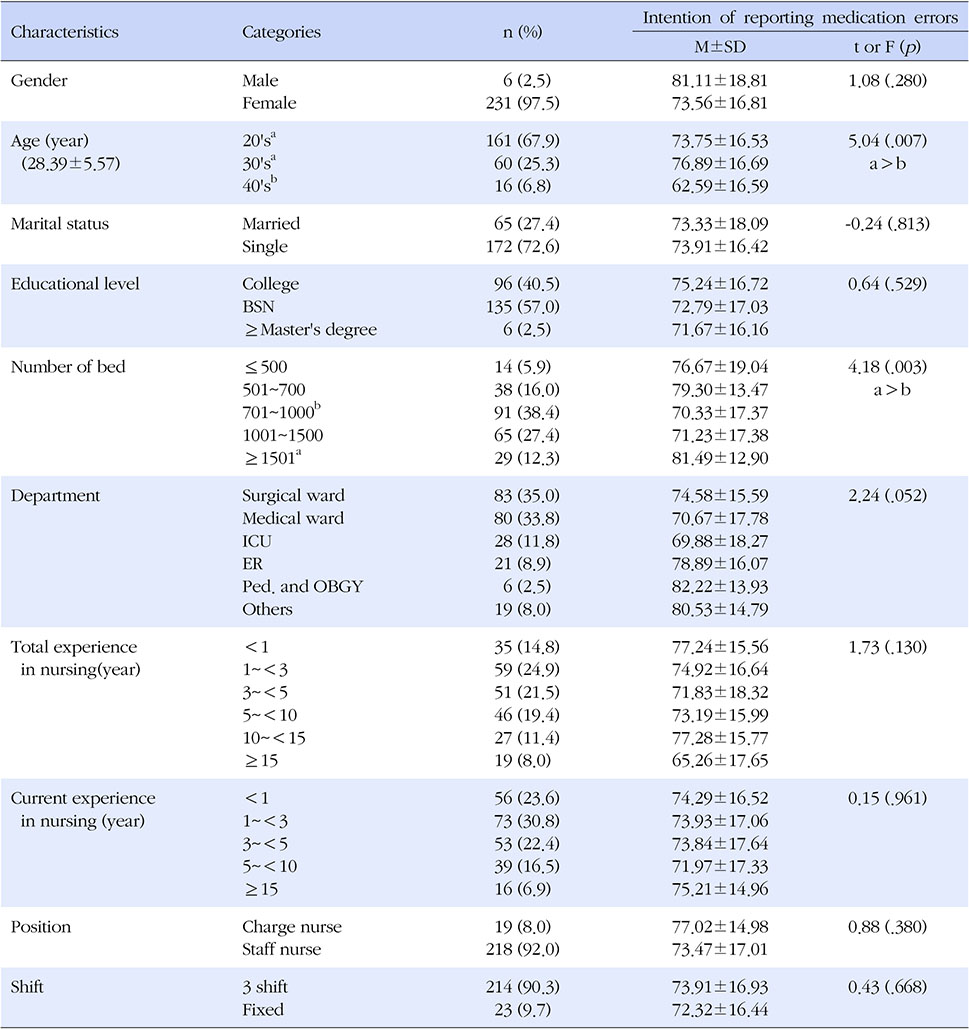Department of Nursing, Pukyong National University, Busan, Korea.
© 2015 Korean Society of Adult Nursing
This is an open access article distributed under the terms of the Creative Commons Attribution Non-Commercial License (http://creativecommons.org/licenses/by-nc/3.0/), which permits unrestricted non-commercial use, distribution, and reproduction in any medium, provided the original work is properly cited.



BSN=bachelor of science in nursing; ICU=intensive care unit; ER=emergency room; Ped.=pediatric; OBGY=obstetric and gynecology.
BSN=bachelor of science in nursing; ICU=intensive care unit; ER=emergency room; Ped.=pediatric; OBGY=obstetric and gynecology.